
How To Stop Procrastinating – 7 Science-Based Steps
Procrastination may seem illogical, but there are strong biological reasons behind it. These tips will show you how to stop procrastinating for good.

What if we’ve been thinking about diet and weight loss all wrong? What if instead of focusing on what to eat, we focus more on when? What if instead of eating less, we focus on eating less often?
Research over the past few years has revealed a whole host of benefits from intermittent fasting that extend far beyond weight loss.
By allowing our body to take an extended break from energy-intensive digestive processes, we free it up to perform other functions, such as cellular repair. The health benefits, from improved liver health to a strengthened immune system, stem not just from eating less, but from providing our body with the time it needs to perform important repair work.
This article will overview exactly what intermittent fasting is, how it works, the myriad of health benefits it provides, and how you can incorporate it into your daily life.
Intermittent fasting is a dietary pattern that involves alternating periods of fasting and eating. In other words, it concerns restricting food intake across specific times to allow the body to enter a fasted state.
It is often referred to as intermittent feeding, or time-restricted feeding, because the active part of the process is determining when we should eat.
Typically this feeding and fasting schedule centers around a 24-hour period, where we create a time window where we allow ourselves to eat (typically between 8-12 hours). Some intermittent fasting schedules skip entire days without food, however, this is not recommended for the majority and is not the focus of this article.
Aside from weight loss (as we will see later), research on intermittent fasting has revealed an array of additional benefits, including fat loss, muscle gain, organ health (specifically the gut and liver), genome health, reduced inflammation, faster recovery, and improvements in cognition, mood, and lifespan.
Water fasting is becoming an increasingly popular form of fasting for its more profound results on many areas of health.
The scientific literature surrounding intermittent fasting more frequently uses the term “time-restricted feeding”, which more aptly describes the active part of intermittent fasting – when we eat.
We all fast to some degree (such as when we sleep), and because there is a biological lag between when we last ate and when our blood glucose levels have dropped sufficiently to enter a fasted state, it is often more useful to follow schedules based on when we eat (which we can control) rather than when we should fast (which is not in our direct control).
A recent 2021 study called “Fasting blood glucose as a predictor of mortality: Lost in translation” came to a remarkable conclusion – that higher blood glucose levels (as occurs after eating) were associated with lower mortality in mice but higher mortality in nonhuman primates and humans.
In other words, eating across longer periods statistically increases mortality in humans.
When you eat food (or drink calorific drinks), your digestive system breaks down carbohydrates into glucose molecules, which are absorbed into the bloodstream, increasing blood glucose levels.
In response to elevated blood glucose levels, the pancreas secretes insulin, a hormone that allows glucose to enter cells through the bloodstream where it is used for energy or stored for later use.
When the levels of glucose and insulin are constantly high, however, such as eating across large time spans without a sufficient break (i.e. fasting), it can cause your body to produce more of certain proteins, genes, and pro-inflammatory markers, which can lead to inflammation and other health problems.
These inflammatory markers are not inherently negative (they respond to specific immune challenges and help the breakdown of food), but consistently high levels contribute to the development and progression of a range of diseases, including cardiovascular disease, type 2 diabetes, cancer, and autoimmune disorders.
By fasting for significant periods, we can reduce the prevalence of inflammatory markers, while increasing certain growth hormones that promote muscle growth, bone health, and metabolism.
It is important to distinguish that not eating and fasting are different. After eating, blood glucose levels rise and fall over 3-6 hours, depending on what you ate, how much you ate, and many other metabolic variables.
As such, there is a biological lag of up to six hours after eating before we enter a fasted state. So when referencing a fasted state in this article, we are talking about a point, approximately six hours after eating, where our blood glucose levels have returned to a baseline low.
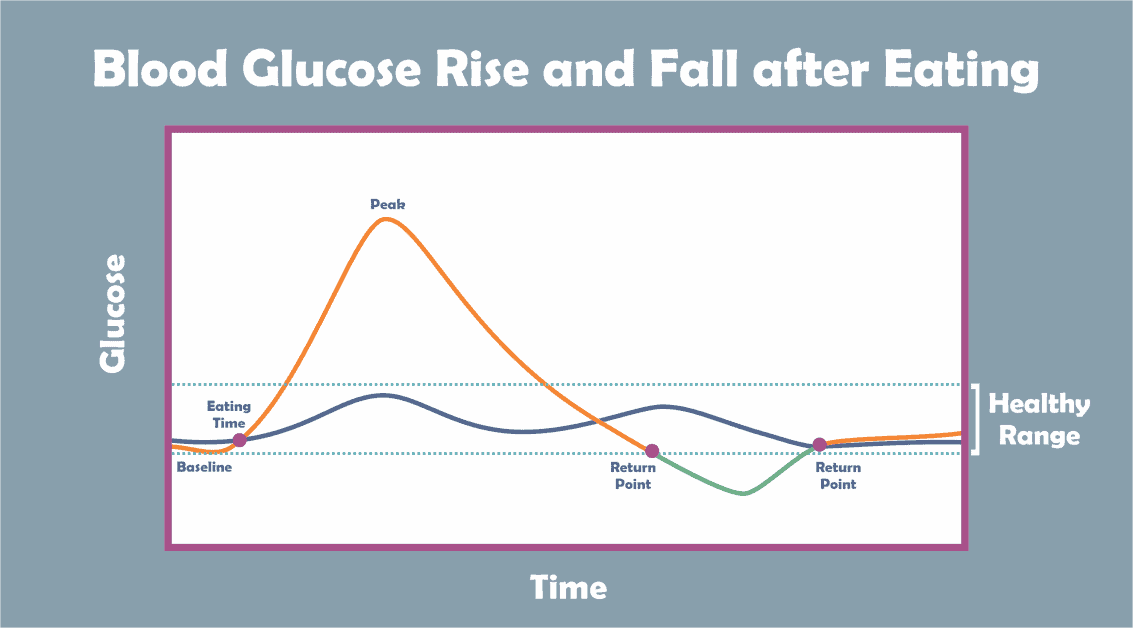
From eating cotton balls soaked in fruit juice to trick the body into feeling full, to ingesting tapeworms that sit in the intestines and absorb calories, history has produced all kinds of crazy (and dangerous) fad diets to lose weight.
Thankfully, Gardner, et al., 2018, showed that in terms of weight loss (ignoring other health factors), it does not matter what we eat. By measuring weight loss in diets ranging from low carb to low fat, they found that weight loss is determined by one underlying fundamental – the number of calories burned compared to how many are consumed.
Many factors determine the calories burned part of the equation; the amount of exercise, type of exercise, basal metabolic rate, age, and hormones are just a few.
Teenagers, for example, experience a period of hormonal change (puberty) where much of their caloric intake is directed toward protein synthesis and the production of muscle and bone.
Your caloric needs are also contextual; it depends on what you did yesterday and what you’ll do tomorrow.
One of the intriguing questions is whether intermittent fasting influences fat loss to a higher degree than other sorts of loss, such as tissue, muscle, water, and glycogen.
Data shows that for those who follow time-restricted feeding over longer periods (60 days or longer), metabolic changes occur that alter the way we metabolize energy, specifically shifting it toward fat loss relative to the burning of other sources such as tissue or muscle.
Note that fat loss can only occur in a state of caloric restriction (eating fewer calories than you burn), whether by intermittent fasting or not. There is no way to “cheat” the system; weight (and fat) loss can only occur when in a calorie deficit. Intermittent fasting can make this more efficient, however, by burning a higher proportion of fat.
During fasting periods, insulin levels decrease, which leads to increased lipolysis or the breakdown of fat into usable energy. By increasing lipolysis through intermittent fasting, the body can access stored fat more readily and burn it for energy.
In an experiment on mice, those that ate around the clock quickly developed fatty deposits in the liver. The mice that ate only during the active 8 hours of their 24-hour cycle, however, not only avoided the development of new fatty deposits but reversed it, improving their liver health.
This happens because anytime we eat, there is a certain period after (digestion and gastric emptying) that requires energy and thus increases the expression of different proteins, genes, and inflammatory markers. While these inflammatory markers are not inherently negative (they are there to respond to ingestion and immunity challenges), exposure for too long can put a strain on the liver.
During the fasting period, mTOR, a protein kinase that plays a critical role in regulating cell growth, is downregulated, leading to a decrease in protein synthesis and cell growth, allowing the body to conserve energy and shift its focus toward cellular repair and maintenance.
By reducing mTOR signaling, intermittent fasting promotes autophagy, a process where the body breaks down damaged or dysfunctional cellular components, resulting in reduced inflammation, improved insulin sensitivity, and protection against age-related diseases such as cancer, Alzheimer’s, and cardiovascular diseases.
When in a fasted state (typically six hours after eating), the reduction in mTOR shifts the body’s priorities away from growth towards repair, enabling it to heal and fortify itself against future illnesses and diseases.
Clock genes, those involved in regulating circadian rhythms, have been shown to impact the mucosal lining of the gut. Intermittent fasting, through strengthening the regularity and entrainment of these clock genes, acts to strengthen the gut microbiome, reducing the impact of digestive issues such as irritable bowel syndrome.
Intermittent fasting has been shown to increase the abundance of beneficial bacteria such as Lactobacillus and Bifidobacterium while reducing the abundance of harmful bacteria such as Firmicutes and Proteobacteria, leading to benefits such as reduced inflammation, an improvement in gut barrier function, and enhanced insulin sensitivity.
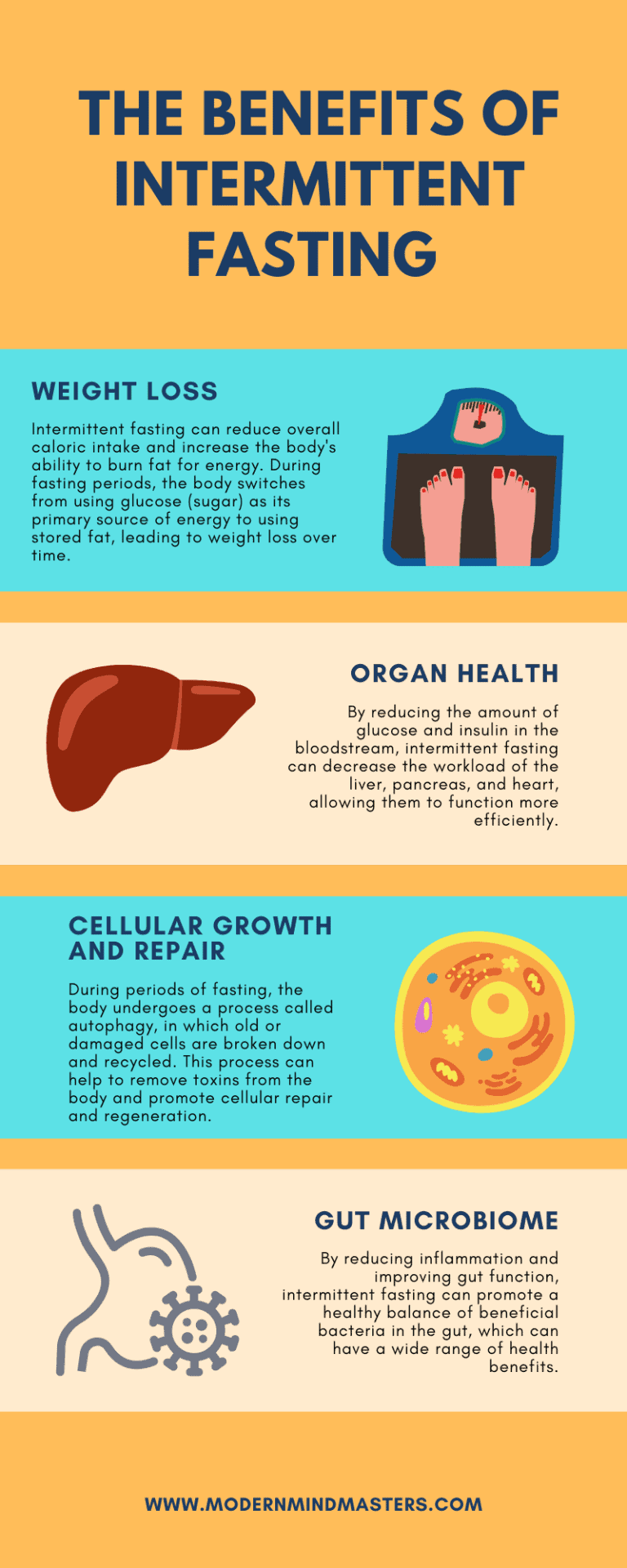
Googling “intermittent fasting schedule” will reveal an overwhelming number of options, from the standard 8-hour eating window to not eating at all for days at a time.
In truth, there is no single best schedule. Firstly, every individual is different; an athlete’s dietary requirements are vastly different from a pensioner’s. But we also have to consider our day-to-day schedules; fasting after 4 pm is inconvenient when the rest of your family eats at 7 pm.
An 8-10 hour fasting window, however, usually serves as the best compromise between health benefits and flexibility.
Ironically, the now universally accepted 8-hour fasting window began as a convenience parameter for researchers; students performing the experiments on mice could only observe the experiment for a maximum of eight hours before they had to pack up and head home to their families.
Feeding periods as low as four hours, and even entire days without eating, have also been tested, and research has found that these short windows also result in numerous health benefits, such as increased insulin sensitivity, improvements in beta cell function in the pancreas, and decreased blood pressure.
When measuring short feeding periods for weight loss, however, they found either no change in body weight or a slight increase. The reason for this is thought to be more psychological than physiological; participants tended to overeat within these periods with respect to their metabolic needs.
In truth, the best feeding window is the shortest that you can comfortably accommodate with respect to the other schedules in your life, such as work, family, and friends. The benefits of intermittent fasting occur only as long as you follow it; consistency, therefore, is a priority.
While eight hours may be the best period purely in terms of physical benefits, for many, myself included, this is not flexible enough to accommodate careers and work schedules. The best period for me is ten hours, where I consume my first meal at 7 am after working out and eat my last at 5 pm when returning from work.
For you, eight hours may work; you may be able to start at 9 am and finish at 5 pm. For others, 12 hours may be the minimum. Consistency, however, is key, so the best schedule is the smallest window you can consistently and reliably work with.
The adage “you are what you eat” may be true to a certain degree, but intermittent fasting research should now update this to “you are what you eat, depending on when you eat it”. Although admittedly not as catchy, studies clearly show that when you eat is just as important as what you eat.
The feeding window must fall into the active phases of the day; typically during the morning and afternoon; there are lots of data to suggest that eating during the nocturnal phase of the 24-hour cycle is detrimental to our health. Conversely, consuming protein earlier in the day has been shown to increase protein synthesis.
The benefits of an eight-hour feeding window in the active phases of the 24-hour cycle were shown in mice in this study.
When the mice ate during an active eight-hour window of their 24-hour cycle, many of the genes associated with their circadian clocks underwent regular entrainment (a phenomenon that occurs when two or more rhythmic systems interact with each other) and locked into a consistent 24-hour cycle.
Not only did limiting food to an active 8-hour part of the 24-hour cycle benefit lean body mass, fat loss, and several other health parameters, but it also anchored all gene systems of the body, providing a more stable circadian rhythm.
They found that this resulted in a very regular peaking of genes at the right time, leading to a whole host of beneficial health effects due to increased RNA and protein release.
Conversely, when mice ate whenever they wanted to in the 24-hour cycle, these genes quickly desynchronized, and downstream detrimental health effects occurred.
We all naturally fast at night when we sleep, so it is most efficient for us to maximize this and extend our fast on either side of it. By avoiding eating for the first hour after waking, and in the three hours preceding bedtime, we can extend and maximize our natural fast when sleeping.
The physical benefits of intermittent fasting predominantly stem from the expression of genes and proteins when blood glucose and insulin levels remain low for extended periods. Anything that increases blood glucose levels, therefore, will break the fasted state.
Remember, there is a biological lag of up to six hours after eating before our body enters a fasted state. A small snack before bed, no matter how healthy, will act to break this fast, and you’ll have to wait another 3-6 hours before entering a fasted state again.
Drinking water, tea, and coffee (without milk and sugar) will not break a fasted state. Diet soda will also not break a fast so long as it has zero calories and zero sugars. The artificial sweeteners from diet drinks, however, are reported by some to increase appetite and make fasting more challenging.
Anything that contains sugar, especially simple sugars, will break your fast. In fact, one study found that even one gram of sugar post-dinner can significantly disrupt the expression of the circadian genes relating to fasting and sleeping. When our blood glucose levels are already somewhat elevated, our insulin sensitivity is extremely high.
When fasting for extended periods, many report feeling weak and shaky due to low blood glucose levels.
One of the best ways to counter this is not to eat, but to ingest a small amount of sea salt dissolved in water, especially mixed with lemon or lime juice, the acidity of which acts as a natural glucose disposal agent.
Neurons require salt to perform their electrical and chemical signaling requirements, and often a lack of food means a lack of salt. Salt, therefore, has a stabilizing effect on blood volume, so where most think they need food and sugar when feeling weak and shaky, what they actually need is a little salt.
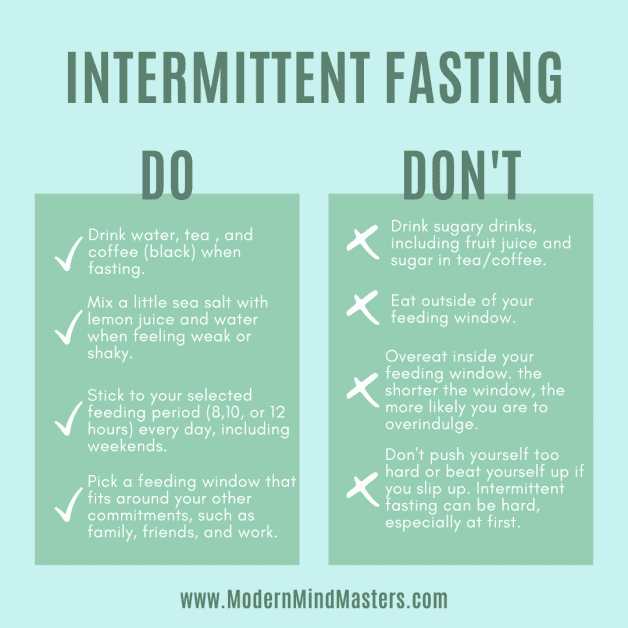
Intermittent fasting is a dietary pattern that involves alternating periods of fasting and eating, which has gained massive traction for its success with weight loss, but also has a myriad of other benefits.
Time-restricted feeding can help reduce inflammation, increase muscle growth, improve organ health (specifically the gut and liver), and promote genomic health, cognition, mood, and lifespan.
By fasting for significant periods, we can reduce the prevalence of inflammatory markers, while increasing certain growth hormones that promote muscle growth, bone health, and metabolism.
Intermittent fasting may also promote fat loss by increasing lipolysis, or the breakdown of fat into usable energy, which can lead to more efficient weight loss when in a calorie deficit. When it comes to intermittent fasting, sometimes the healthiest meal is the one you don’t eat.

Procrastination may seem illogical, but there are strong biological reasons behind it. These tips will show you how to stop procrastinating for good.

Ketamine, through ketamine therapy, has been shown in clinical settings to benefit mental health, specifically depression and other mood disorders.
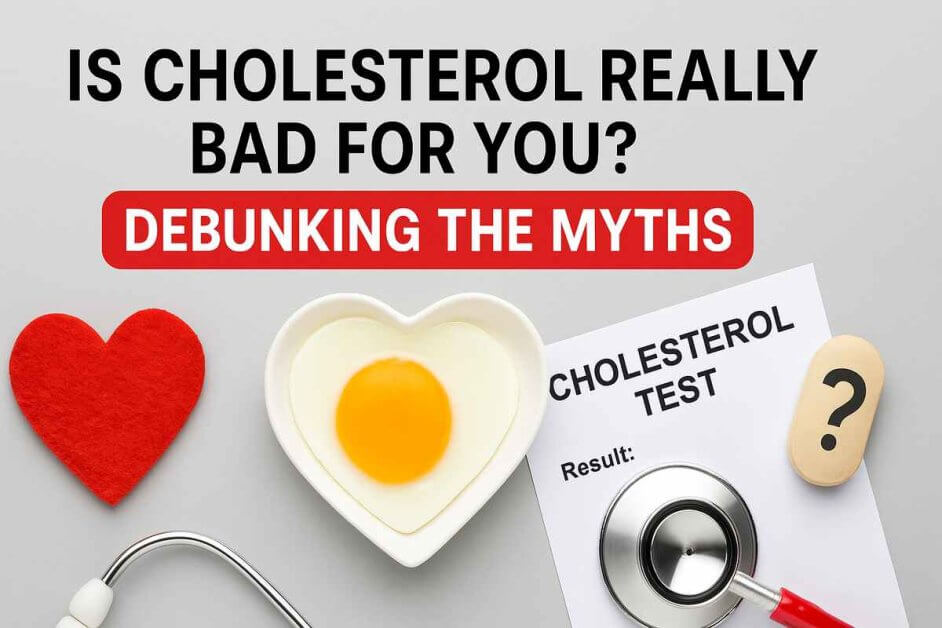
Is cholesterol really bad for you? New research says it’s not the villain we were told—it’s time to rethink the cholesterol myth.
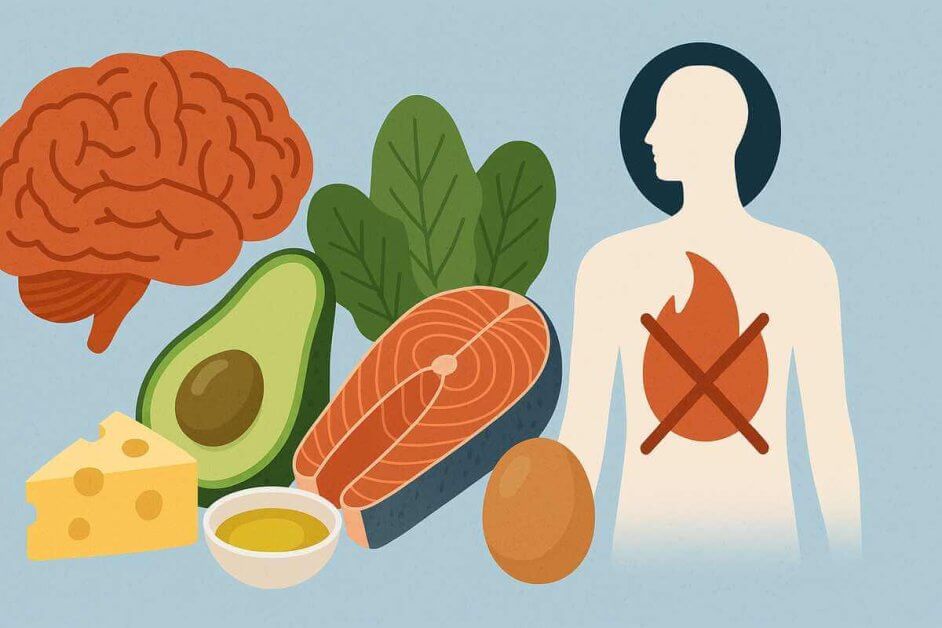
Discover what is the ketogenic diet — a low-carb, high-fat way of eating that shifts your body into fat-burning, ketone-producing mode.

They are many reasons why you may be struggling to sleep, including genetic and environmental reasons. Here are the most common problems and how to overcome them.
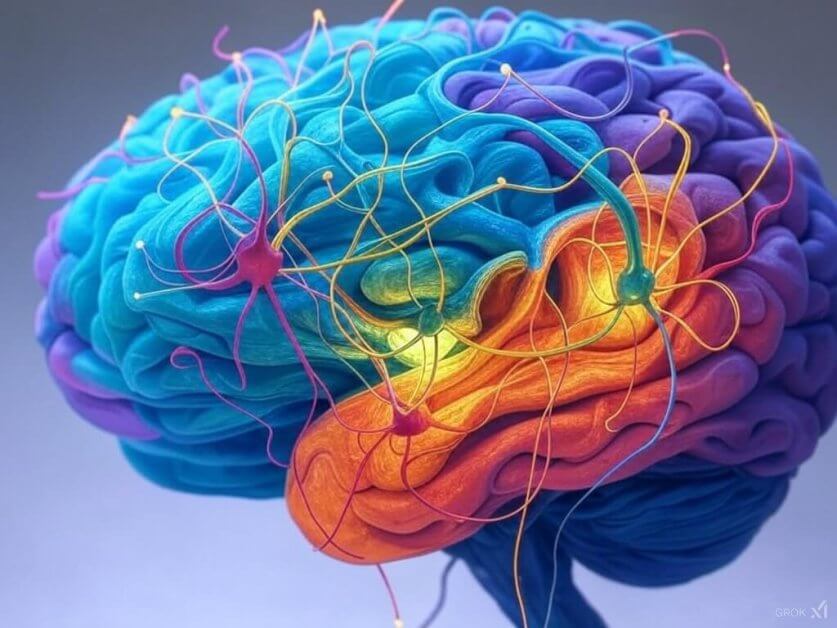
Learn how exercise helps the brain, from reduced inflammation, slowed brain aging, and improved cognitive performance.
© 2025 Modern Mind Masters - All Rights Reserved
You’ll Learn:
Effective Immediately: 5 Powerful Changes Now, To Improve Your Life Tomorrow.
Click the purple button and we’ll email you your free copy.